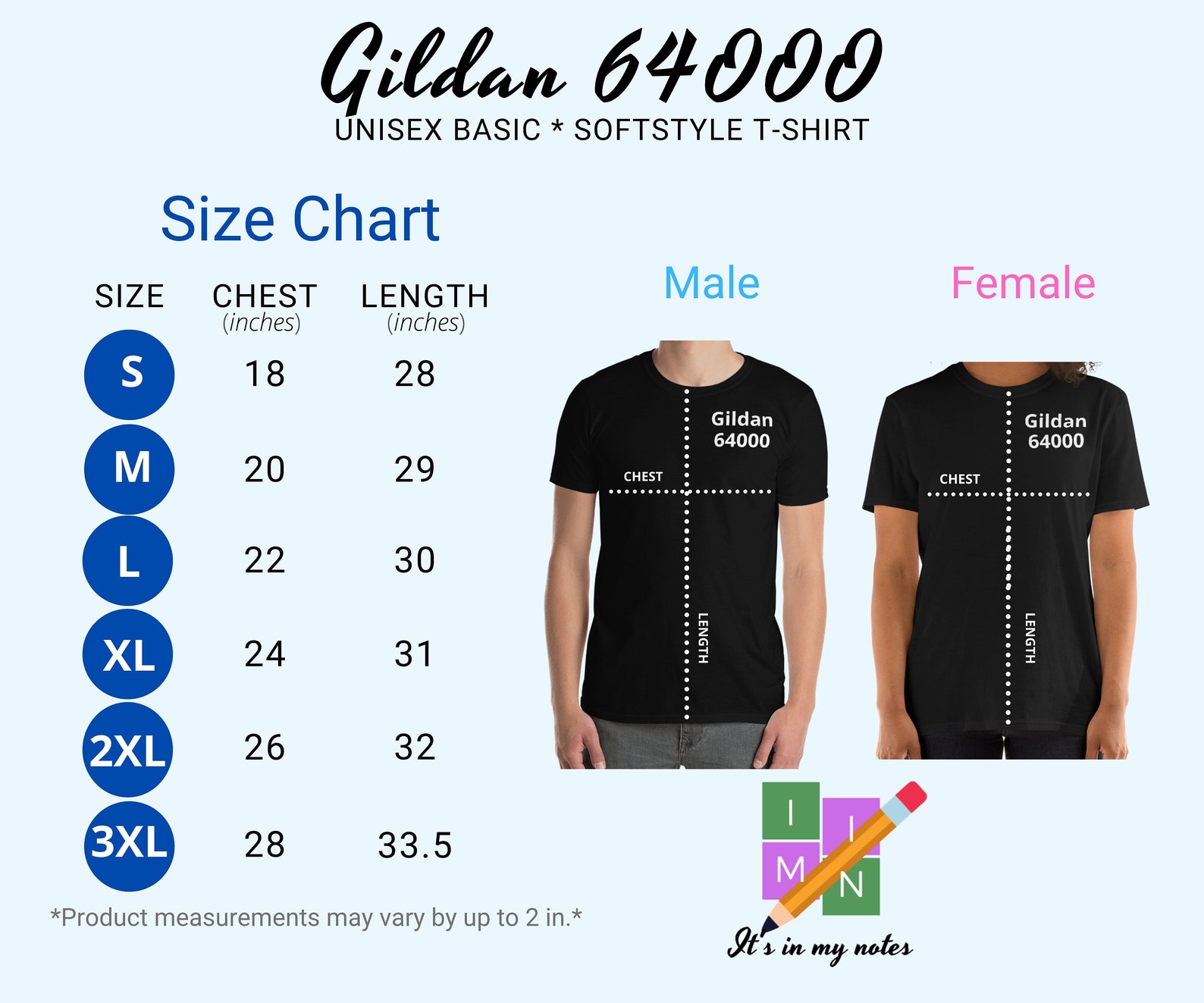Table Of Content
This measurement is important for ensuring a comfortable fit around the waist area. You want to avoid the belly area as a general rule of thumb. Instead, center the design more on the chest area rather than the entire center of the shirt. Align the top of the design the same as you would for a center chest print placement. For a fitted shirt, 9″ x 9″ works for most adult sizes, and a 10″ to 11″ wide design is great for a looser fitting shirt.
Chest Measurement
Professional looking shirts are coming your way with this guide to t-shirt design placement. This can be used with sublimation shirts, iron on vinyl, HTV, or any way you are making shirts. From pockets on T-shirts to pant legs on sweatpants, view recommended design dimensions based on the area you're decorating. Then get tips on how to properly align the design on apparel. Oversized t-shirts are intentionally larger than standard sizes, providing a loose and baggy look.
Back Print
Sublimation printing involves transferring designs onto polyester fabric using heat and special dyes. It offers vibrant colors and durability, but it may have size limitations depending on the specific sublimation printing equipment used. Consider the size constraints of sublimation printing and ensure your design can be accurately and effectively transferred onto t-shirts of different sizes. Screen printing is a popular technique for t-shirt designs and offers vibrant colors and durability.

Patterns and Prints
Start Your T-Shirt Business: 2024 Guide - Shopify
Start Your T-Shirt Business: 2024 Guide.
Posted: Thu, 15 Feb 2024 08:00:00 GMT [source]
Patterns and prints can add visual interest to t-shirt designs. However, it’s important to consider how these elements will translate across different sizes. Large, intricate patterns may be overpowering on smaller sizes, while smaller patterns may not have the desired impact on larger sizes. Adapt the scale and placement of patterns and prints to ensure they enhance the design on all t-shirt sizes. Regardless of the product, you can easily add your own flair and style to your attire.
Shirt Design Sizing and T Shirt Placement Guide
Shirts are usually available in various categories, including unisex, women’s, men’s, and youth sizes. These categories often have different fits, so understanding the distinctions is crucial. Follow this t-shirt design guide and take note of our tips and requirements for the perfect placement, image size, and resolution to make flawless, perfectly-sized shirt designs.
You can choose from preset dimensions, or use the dimension boxes in the top right corner of the blank canvas screen to enter your own, depending on what type of shirt you're making. T-shirts are a clothing item that everyone wears; they’re comfortable, stylish, and the perfect medium for creativity. If you’re a seasoned T-shirt guru or just getting started on your first doodle, I’ve got your back with this guide.
Some people, such as street dancers, prefer oversized tees. While the thought of just using shapes may not be up your alley, consider using blend modes to jive it up a little bit! Simply select a single graphic on your canvas, then click Fade & blend in the left toolbar and experiment with the fade slider and the blend mode options. Save and download as a PNG file to ensure transparency with your layered shapes before sending it off for print.
For instance, each print provider may have a different workflow, equipment, product quality, and several other factors. The shoulder measurement helps determine the width of the shoulder area. To measure the shoulder width, place the tape measure at the base of the neck and measure across to the outer edge of the shoulder bone. This measurement is particularly important for ensuring a comfortable fit and proper positioning of the sleeves. Extending beyond T-shirts, this placement suits polo shirts and button-down tees, allowing for the display of small illustrations and texts without overwhelming the chest area. Many opt to print on pocket tees, situating the logo above the pocket for a chic touch—perfect for cute pocket designs, school or team uniforms, and company logos.
First, make sure you select the printing method that works for you. In this case, choose between direct-to-garment (DTG) or all-over printing (AOP). Filter your printing method preference while browsing our Catalog. AOP creates an exceptional visual experience providing unlimited creativity, with the entire t-shirt as your canvas. A good rule for AOP is to take into account all the seams, zippers, buttons, and collars to guarantee precise placement of your visual masterpiece.
By keeping the purpose and target audience in mind, you’ll be halfway there to a great t-shirt design. For example, If you’re promoting a food festival, think of the theme of the festival, incorporate its logo and branding, and keep it simple yet impactful. If you want to add a print to the yoke area, a good design size is about 3” wide. Some brands keep it on the smaller side, about 2” or so for a logo, but anything between that 2 – 3” will look good.
The inner label is a blank space perfect for promotional branding or any other additional information. Of all the shirt design sizes, this is definitely the smallest, but it could be one of the most important ones for promoting your business – it gives extra space for branding elements. In 1959, the invention of plastisol provided an ink more durable and stretchable than water-based ink, allowing much more variety in T-shirt designs. Very few companies continue to use water-based inks on their shirts.

No comments:
Post a Comment